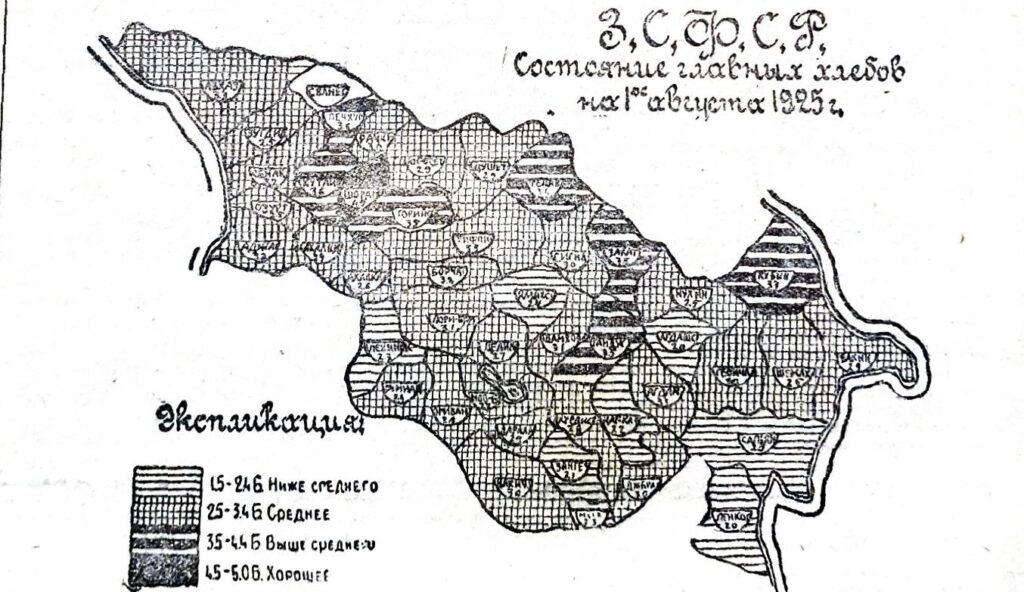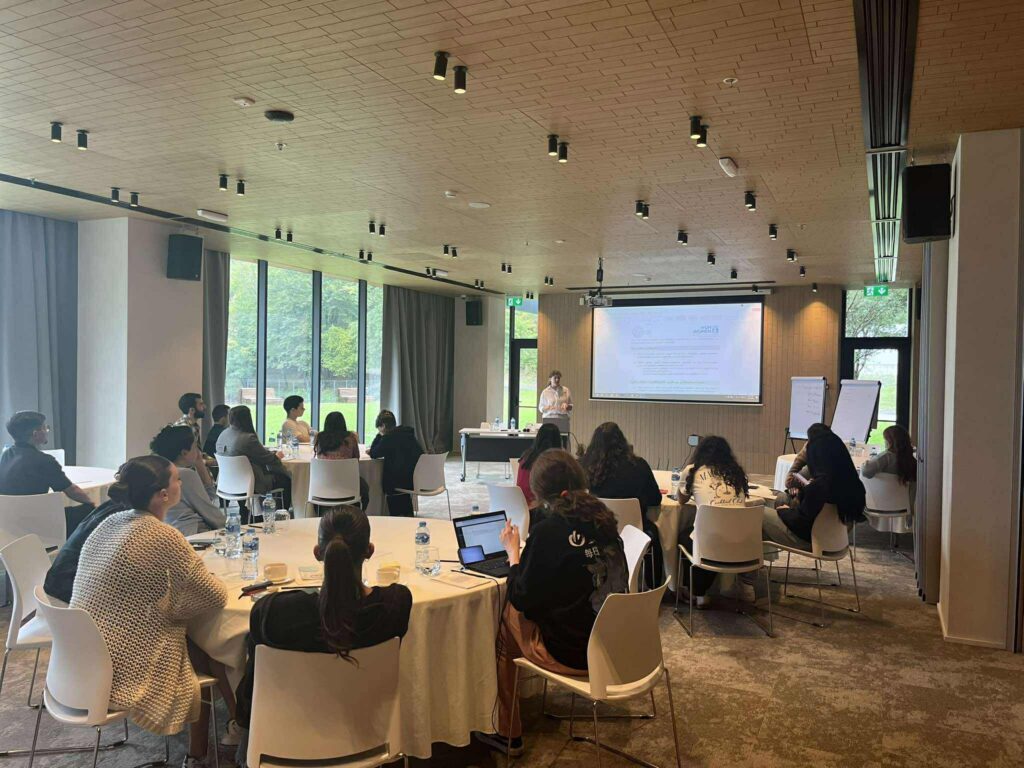On Wednesday, December 13, 18:30 at the CRRC-Georgia Office, Dr. Stephan Rindlisbacher from the University of Bern will give a talk about his work in progress “The Transcaucasian Socialist Federative Soviet Republic as an Object of Neglect”.
Stephan Rindlisbacher is currently working in Moscow, Kiev and Tbilisi in order to explore the territorialisation processes in the early Soviet State. He holds a PhD in History and has published a book on the revolutionary movement in late Tsarist Russia.
In contrast to nation states, supranational entities have a difficult position in historical commemoration. The Transcaucasian Socialist Federative Soviet Republic (TSFSR) is a salient example. The Bolshevik governments of Armenia, Azerbaijan and Georgia formed this federation in 1922 in order to stabilise Soviet power and economic development in the south Caucasus. Pushed by the republican elites the TSFSR was dissolved during the constitutional reform in 1936. Since this time, national historiographies in the South Caucasus as well as international research on the Soviet State neglected this “failed” federation. However, on the one hand it is almost impossible to understand the history of sovietisation, national delimitation or regional foreign policy without taking the TSFSR and its institutions into consideration. One the other, the TSFSR is an example of a state institution that attempted to integrate people of different languages, cultures and religions into a supranational community. The paper will sketch some lines for possible future research on this topic.
Stephan Rindlisbacher received a mobility grant from the Swiss National Science Foundation and is currently working in Moscow, Kiev and Tbilisi in order to explore the territorialisation processes in the early Soviet State. He holds a PhD in History and has published a book on the revolutionary movement in late Tsarist Russia.
In contrast to nation states, supranational entities have a difficult position in historical commemoration. The Transcaucasian Socialist Federative Soviet Republic (TSFSR) is a salient example. The Bolshevik governments of Armenia, Azerbaijan and Georgia formed this federation in 1922 in order to stabilise Soviet power and economic development in the south Caucasus. Pushed by the republican elites the TSFSR was dissolved during the constitutional reform in 1936. Since this time, national historiographies in the South Caucasus as well as international research on the Soviet State neglected this “failed” federation. However, on the one hand it is almost impossible to understand the history of sovietisation, national delimitation or regional foreign policy without taking the TSFSR and its institutions into consideration. One the other, the TSFSR is an example of a state institution that attempted to integrate people of different languages, cultures and religions into a supranational community. The paper will sketch some lines for possible future research on this topic.
Stephan Rindlisbacher received a mobility grant from the Swiss National Science Foundation and is currently working in Moscow, Kiev and Tbilisi in order to explore the territorialisation processes in the early Soviet State. He holds a PhD in History and has published a book on the revolutionary movement in late Tsarist Russia.








